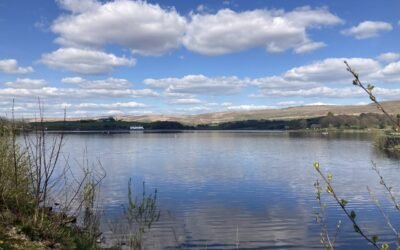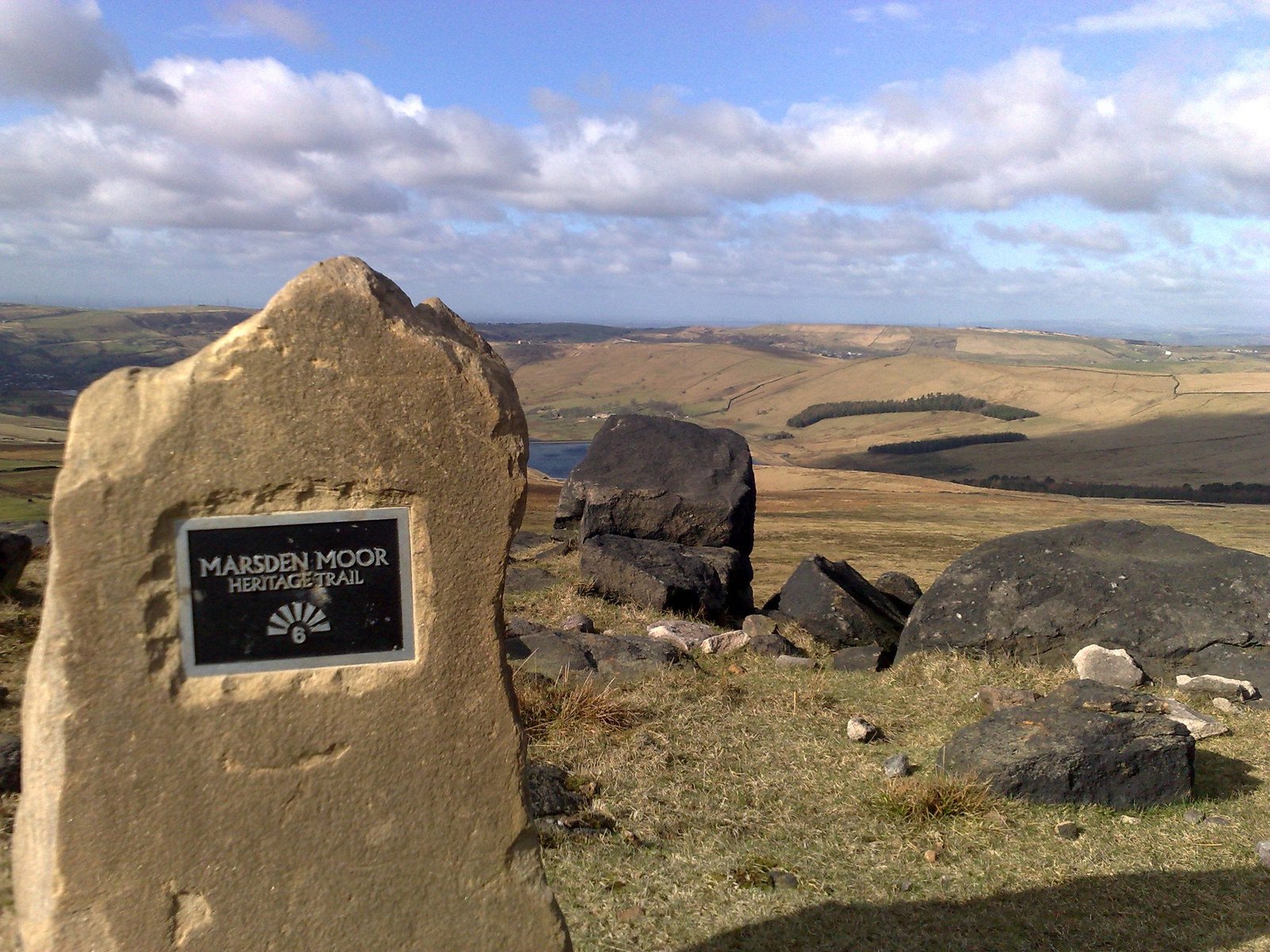Littleborough
Littleborough has several notable features, including its stone-built town centre, which has been designated as a Conservation Area due to its exceptional architectural qualities.
Walking through the streets, one can’t help but appreciate the town’s heritage and the efforts taken to maintain its distinct character. The blend of old and new creates a captivating ambiance that appeals to residents and visitors alike.
Intro to Littleborough
Notable folk from Littleborough
Agyness Deyn
Agyness was born in Littleborough. Born Laura Michelle Hollins; 16 February 1983) she is best known for her successful modelling career in the 2000s, and has been called one of the decade’s top models. Since her retirement from modelling in the 2010s, she has pursued acting and design, among other ventures.
Elizabeth Marguerita Mary Kershaw
Liz Kershaw (born 30 July 1958) is an English radio broadcaster. She is one of the longest serving female national radio DJ’s in the UK, celebrating 30 years on national BBC Radio in 2017
Andrew J. G. Kershaw
Andy Kershaw (born 9 November 1959) is a broadcaster and disc jockey, predominantly on radio, and known for his interest in world music. Kershaw’s shows feature a mix of country blues, reggae folk music, African music, spoken word performances and a wide variety of other music from around the world.
Keith Parry
Keith Parr (died 2005) was a local author with several published works such as Trans-Pennine Heritage and a broadcaster with Greater Manchester Radio. He also played a vital role in the successful battle to re-open Rochdale Canal and was instrumental in the formation of the Littleborough Civic Trust.
The South Pennines
The area of the South Pennines stretches from Skipton and Ilkley in the north to Uppermill and Holmfirth in the south. On the western boundary lies Horwich and Blackburn. On the eastern boundary lies Halifax and Huddersfield.
The rural South Pennine Moors constitutes both a Site of Special Scientific Interest and Special Area of Conservation.
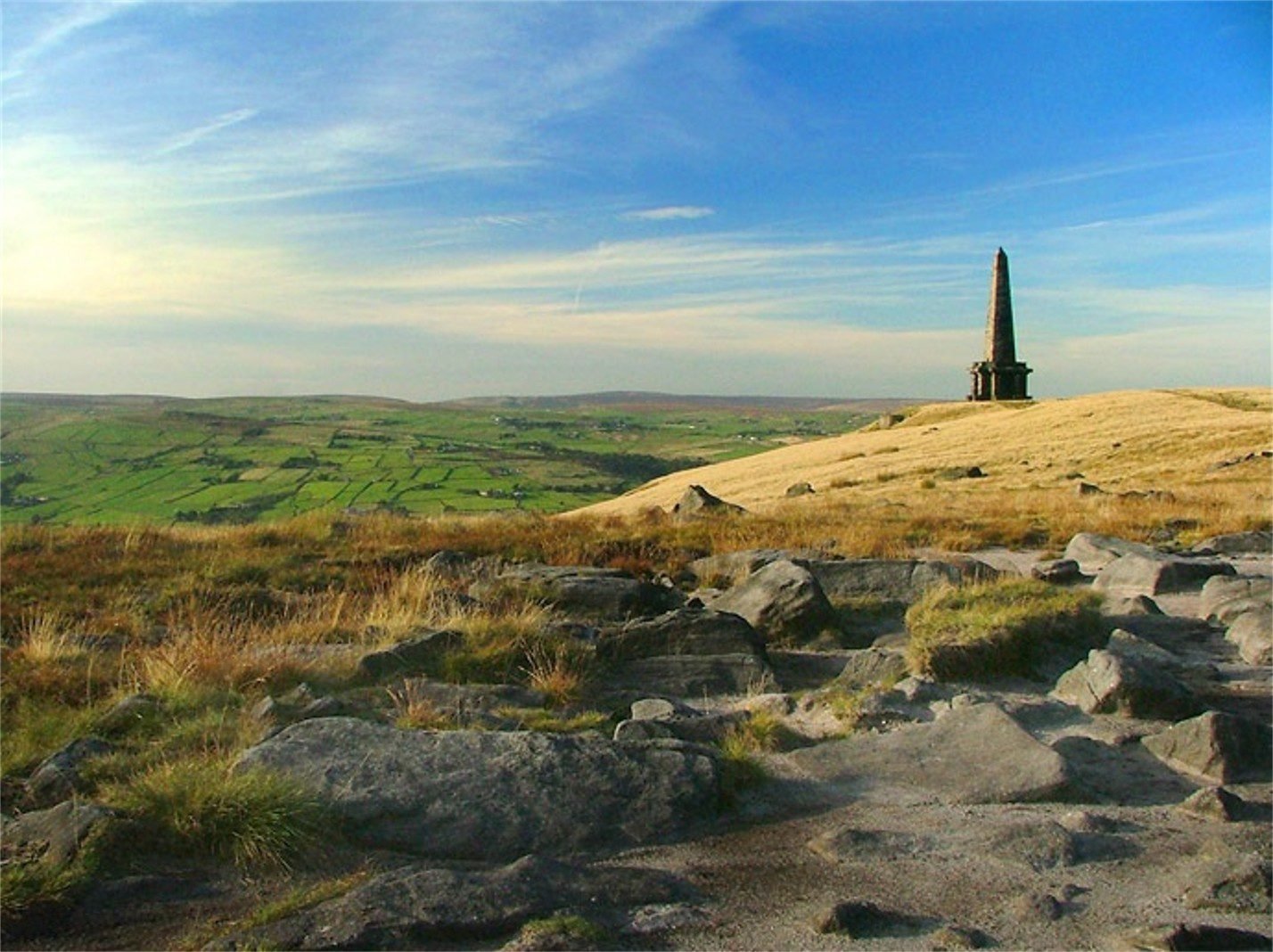

Landscape of the South Pennines
The Southern Pennines National Character Area, as defined by Natural England, encompasses the West Pennine Moors. It’s a diverse landscape featuring broad moorland and flat-topped hills. Fields enclosed by dry stone walls are a common sight. Moreover, settlements built from local gritstone can be found in river valleys with wooded sides.
The moors boast peat soils and blanket bog, which play a crucial role in storing carbon. Furthermore, high rainfall in the region fills numerous reservoirs. These reservoirs supply water to the neighbouring conurbations. Additionally, the area is of great importance for recreation.
It offers open access areas, footpaths, and historic packhorse routes for visitors to enjoy. In conclusion, the Southern Pennines provide both natural resources and leisure opportunities.
The Geography of the South Pennines
The area’s rocks come from the Carboniferous period. They formed in layers over time. The oldest rocks are limestones and mudstones. These are at the bottom and in the north.
Scientists think these rocks are under the whole area. They call this layer the Craven Group. On top of this are mudstones and sandstones. People often call the rough sandstones ‘grits’. This layer is the Millstone Grit Group. It’s found across much of the region.
Above this are the Coal Measures. These rocks have mudstones, siltstones, and sandstones. As the name suggests, they also have coal seams. These rocks are along the edges of the area. They’re also found in much of the West Pennines. The rocks form a shape called the ‘Pennine Anticline’.
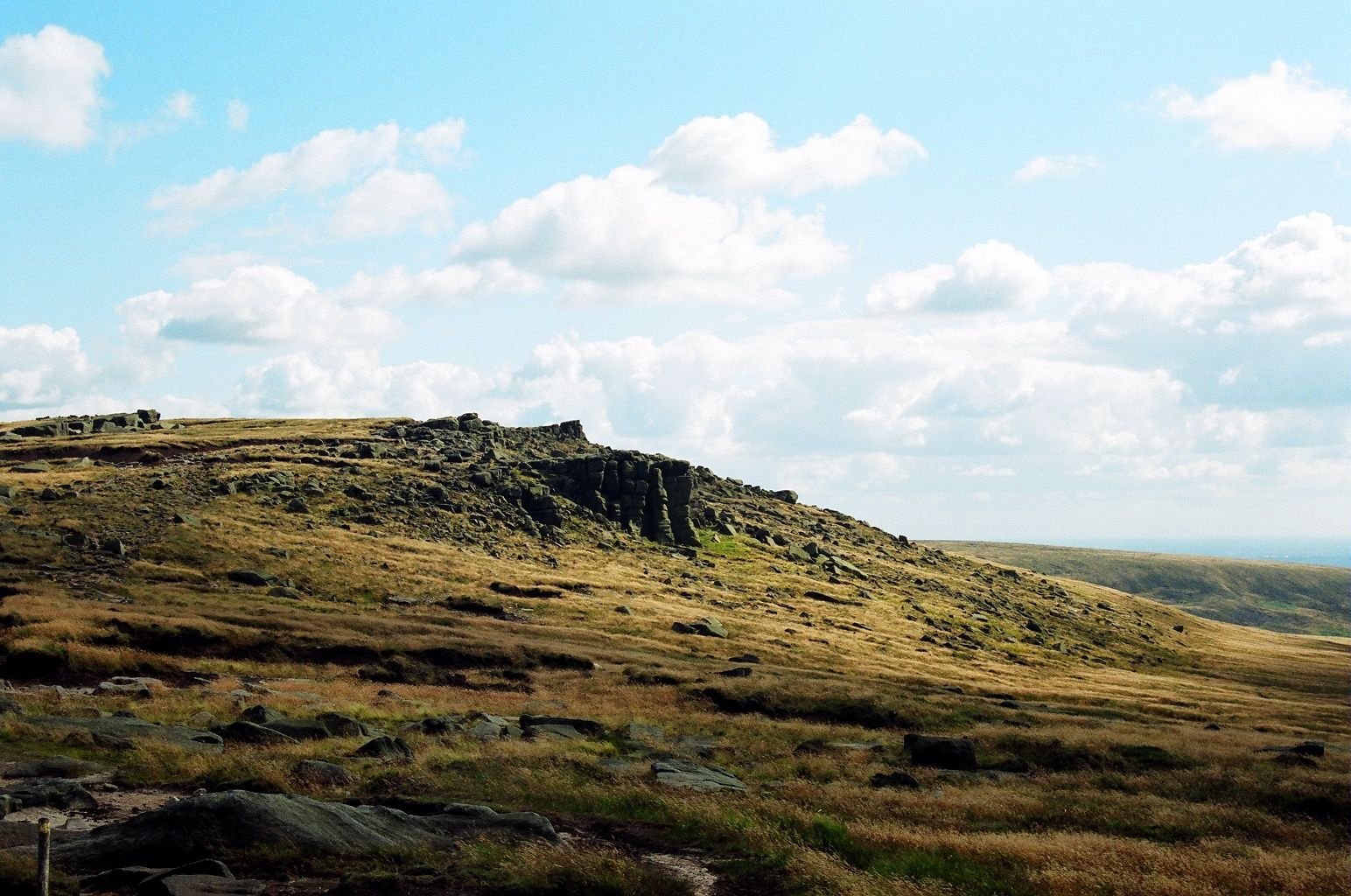
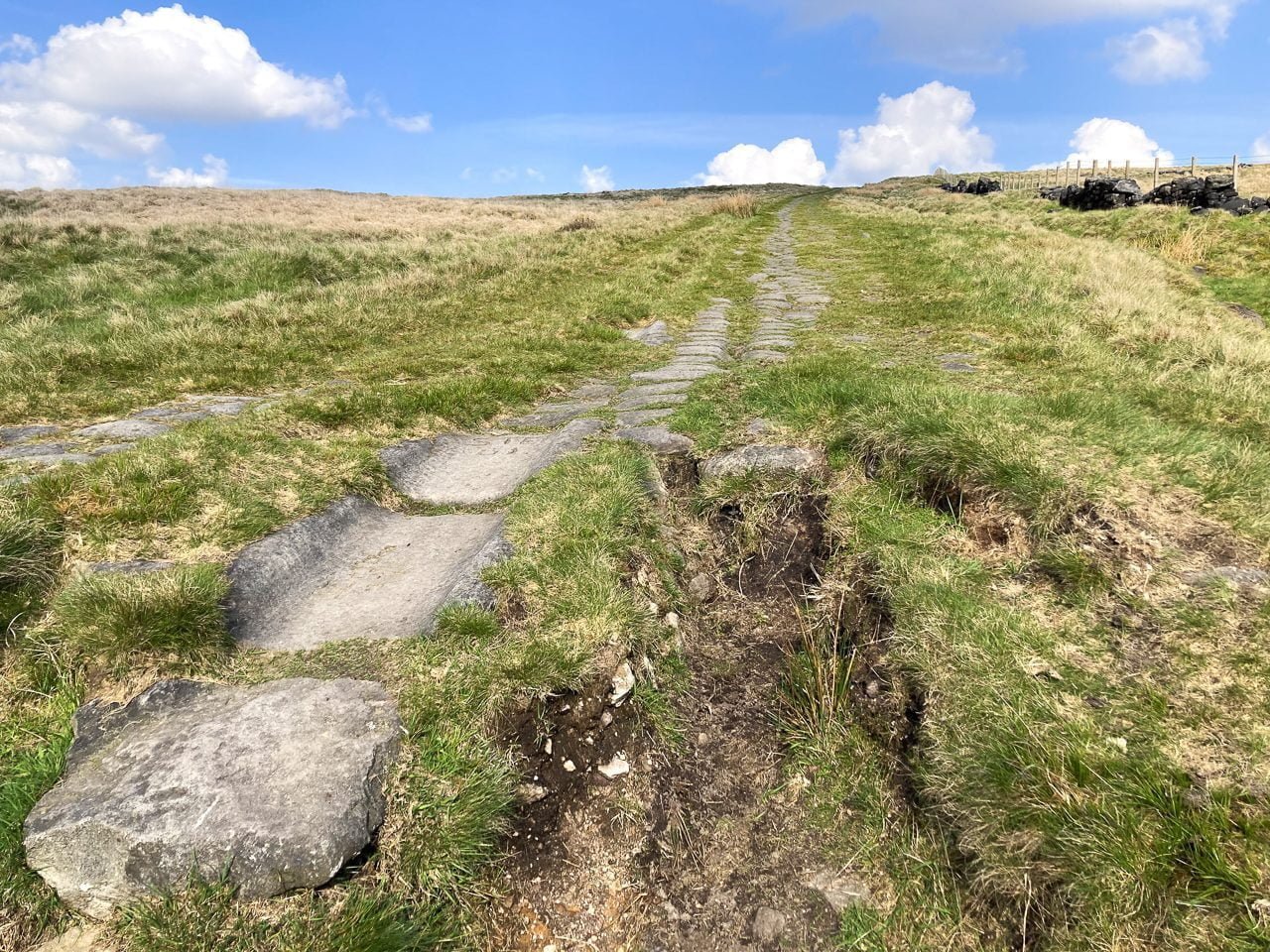
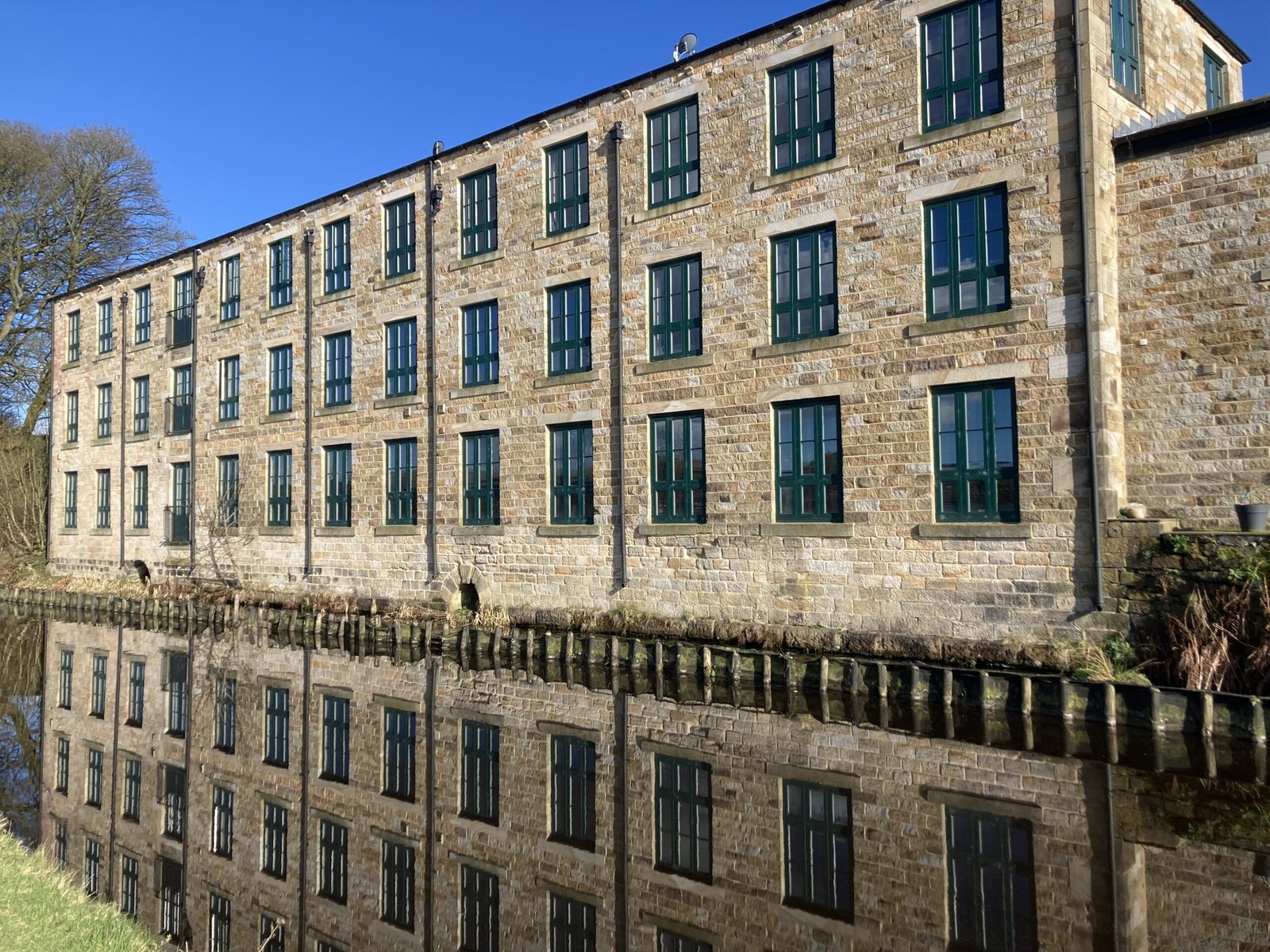
History of the South Pennines
People have lived in the South Pennines for a very long time. We know this from things they left behind. Some of these things are from the Mesolithic period, which was a very long time ago. Others are from the late Bronze Age and Iron Age.
Then the Romans came. They built roads to help them move around. They also built forts in places like Ilkley and Castleshaw. The Romans found coal in the area and started digging it up. This coal became even more important much later.
During the Industrial Revolution, in the late 1700s and early 1800s, coal was used a lot. It helped power new machines. The area has many steep valleys with fast-flowing streams. These were perfect for early mills and factories. People used the water to power corn mills and fulling mills. Fulling mills were used to make wool cloth.
In medieval times, these mills were common. More fulling mills were built after the mid-1500s as the wool industry grew. By the end of the 1700s, water-powered mills were very important. They helped the textile industry grow quickly.
At first, these mills were used for spinning cotton. Later, they were also used for making different types of wool cloth. The South Pennines’ natural features and resources have shaped its history for thousands of years.
Visiting the South Pennines
The South Pennines are a popular place for outdoor activities. Many people enjoy walking, mountain biking, and horse riding here. There are lots of walking trails in the area. Two well-known ones are the Calderdale Way and the Bronte Way.
The Pennine Way is a famous long-distance path. It’s been around for a long time and goes through this area.
For information on events throughout the year, or info on places to stay and visit, check out these links:
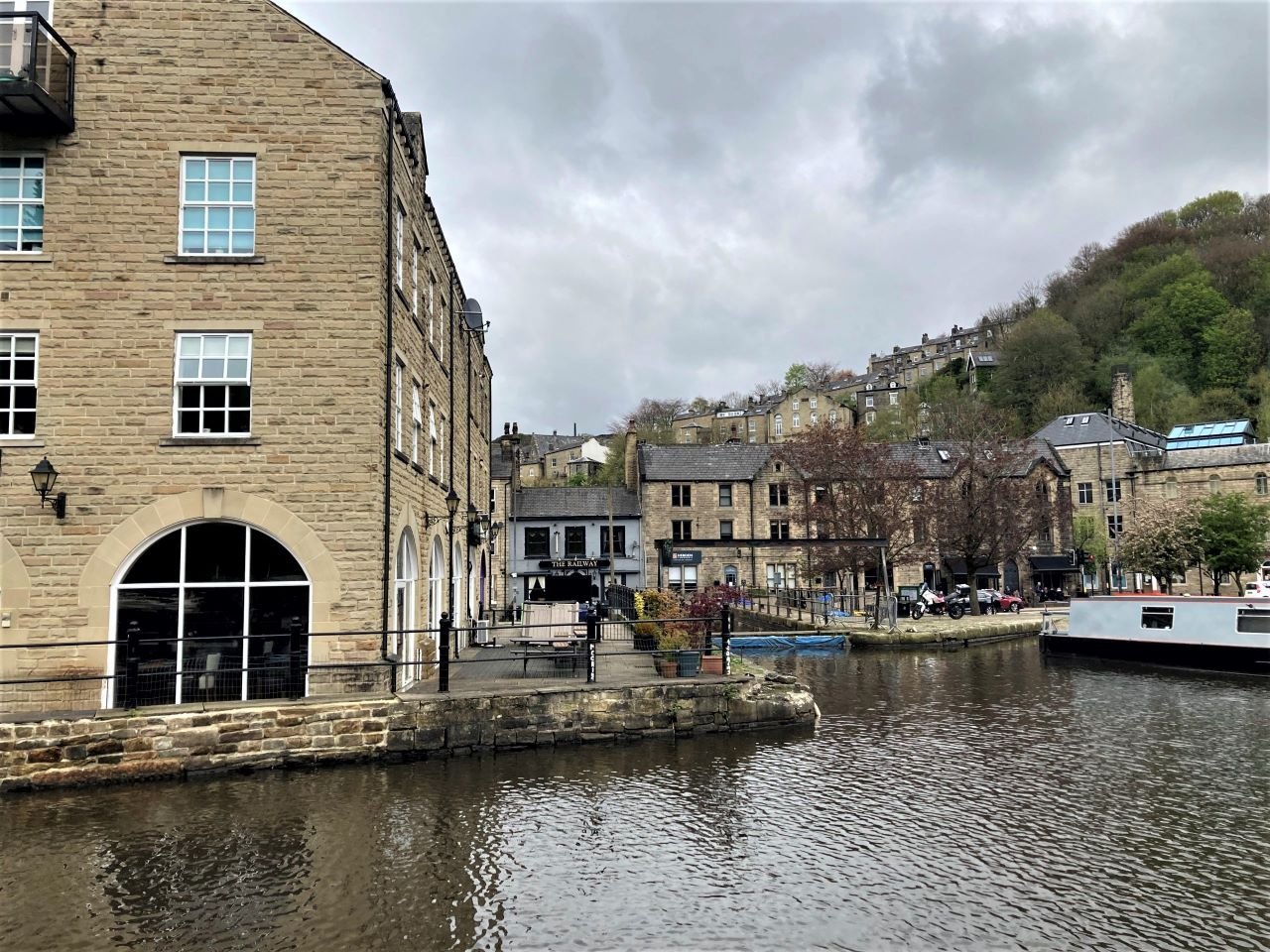
Listed buildings of note in Littleborough
The town, its suburbs of Calderbrook and Smithy Bridge, and the surrounding countryside contain 79 listed buildings that are recorded in the National Heritage List for England. For a much more detailed list, see Wikipedia.
Shore Hall
Built in 1605, Shore Hall has a T-shaped plan with a main range and a cross-wing on the right side. Constructed in stone on a projecting plinth, it features quoins and moulded eaves brackets.
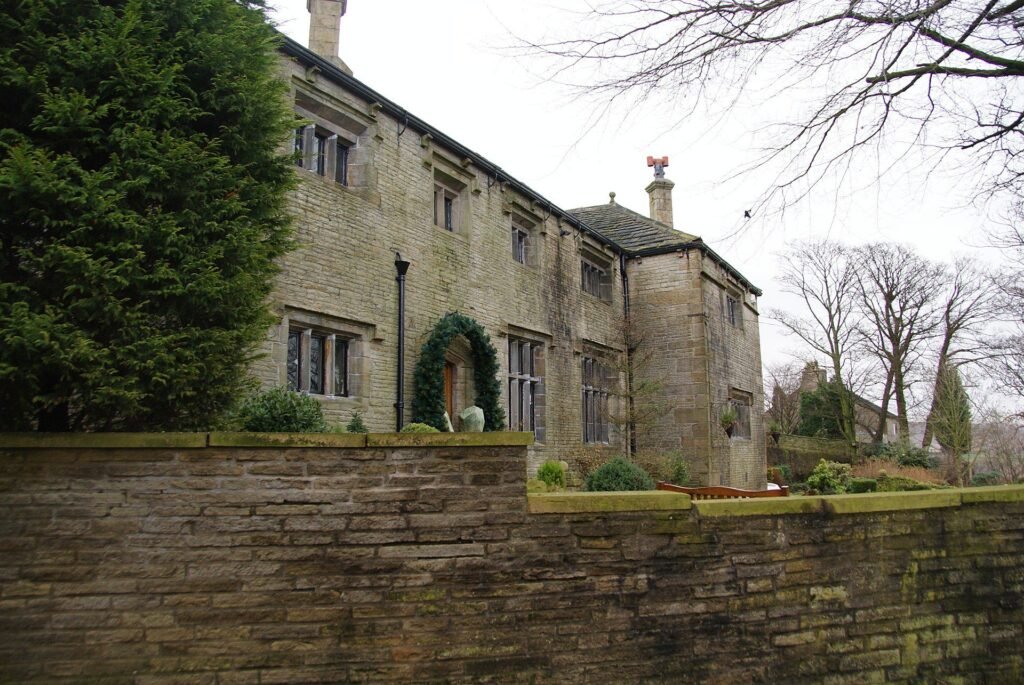
With two storeys and five bays, the house includes an outshut at the rear of the cross-wing. Its stone-slate roof and left gable, adorned with a ball finial, add to its charm.
The doorway is accentuated by a chamfered surround and a Tudor arched lintel, while the windows are mullioned with hood moulds. This property is classified as Grade II*. Location: 53.65148°N 2.11813°W
Dearnley Old Hall
Thought to have been constructed in the early to mid-17th century, Dearnley Old Hall is rendered in stone on a projecting plinth.
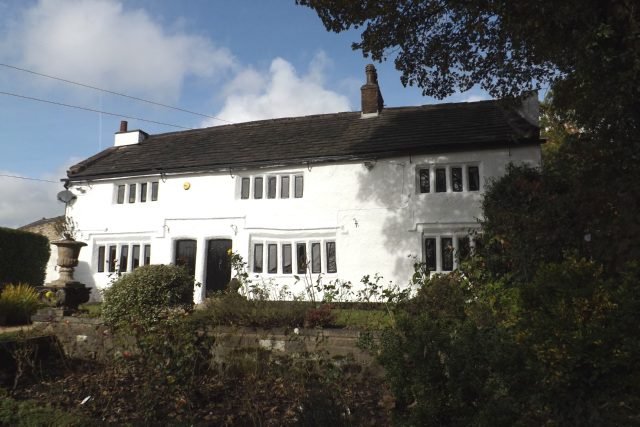
Its stone-slate roof features coped gables. Offering two storeys, three bays, and a parallel range at the rear, this house boasts paired doors with chamfered surrounds and flat-arched lintels.
The windows are mullioned with hood moulds, and inside, there is a timber-framed partition. This property is classified as Grade II×. Location: 53.63882°N 2.11923°W
Higher Windy Bank Farmhouse and Barn
Dating back to the late 17th century, the farmhouse was modified in the 18th century, with the barn added to the right in the 19th century.

The house is situated on a projecting plinth, showcasing quoins and a stone-slate roof. With two storeys, two bays, and a right outshut, the house features a central porch, a moulded doorway with an obtuse-angled lintel, and a coped parapet.
The windows are mullioned. Inside the barn, you’ll find a round-headed cart entry, a segmental-headed shippon door, as well as other doors and windows. Classified as Grade II. Location: 53.64544°N 2.0430°W
The drowned village of Watergrove
The drowned village of Watergrove once lay in Wardle, Lancashire. It was nestled beneath a horseshoe ridge of hills. Watergrove was largely a Victorian creation, surrounded by farms from the 1700s. It was a wild and charming spot. The area was adorned with sheep-grazed heather and whinberry moorlands. Local farms and houses were built with stone from nearby hills.
Coal mining was also an important industry in the area. In the 1930s, Watergrove’s fate took a drastic turn. A decision was made to create a large reservoir for Rochdale’s drinking water. The village was destined to disappear beneath the new lake. Thirty surrounding farms above the waterline were also marked for demolition.
Blog
Staying Safe on the Water: Essential Tips for Aquatic Activities
Introduction to Water Safety Engaging in aquatic activities such as sailing, paddleboarding, kayaking, and fishing can be both exhilarating and rewarding. However, it is imperative to recognize the importance of water safety to ensure a secure and enjoyable...
Capturing Nature: Wildlife Photography Around Hollingworth Lake and the South Pennine Hills
The Beauty of Hollingworth Lake Hollingworth Lake, located in the scenic South Pennine Hills, is an ecological gem that presents a rich tapestry of natural beauty and biodiversity. This picturesque destination boasts various habitats, including wetlands, woodlands,...
Essential Tips and Good Practices for Hill Walking in the South Pennines
Choosing the Right Footwear Selecting the appropriate footwear is paramount for enjoying hillwalking in the South Pennines, where varied terrains present unique challenges. The right pair of hiking boots or shoes can significantly enhance stability, comfort, and...


